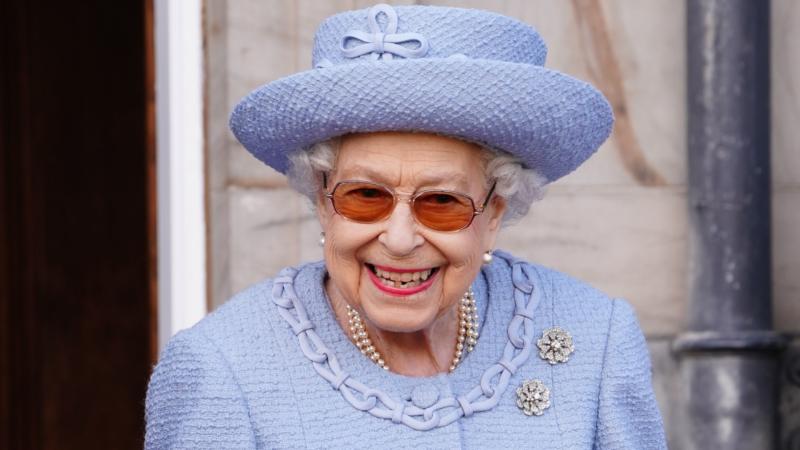Queen Elizabeth II, the longest-serving monarch in the history of the United Kingdom, died Thursday at 96. The British royal family announced the Queen had passed away at her Balmoral Castle in Scotland — the announcement came hours after reports of her failing health surfaced online. Elizabeth’s death marks the end of an incredibly long reign that saw the dissolution of the British Empire, changing perceptions of the royal family and the struggle of the monarchy.
Beginnings as a young queen
Queen Elizabeth II was born in 1926, the first child of Albert, Duke of York, and his wife, Elizabeth. When her father became King in 1936, taking the name George VI, young Elizabeth became heir to the throne. Elizabeth met her future husband, Prince Philip of Greece and Denmark, before the outbreak of World War II, and the couple married in 1947 despite ties between members of Philip’s family and the German Nazis who had just been defeated in the war. Elizabeth was only 25 years old when her father died in 1952, making her Queen Elizabeth II of the House of Windsor. And she was formally crowned in 1953 in a lavish ceremony in London, the first British coronation to be televised.
The Queen and Africa
Queen Elizabeth was visiting Kenya, then still a British colony, when her father died and she became queen. This was her second trip to Africa and symbolic of how large of an impact the continent would have on her reign and legacy. The Queen’s first trip to Africa had occurred in 1947, when she and her sister had accompanied their parents on a tour of Southern Africa — this was merely a year before a white Nationalist government took power in South Africa and implemented the system of Apartheid. Her trip to Kenya, similarly, came as white settlers were beginning to use brutal methods to maintain power against a local rebellion called Mau Mau that fought for independence.
Overseeing the end of the British Empire in Africa
As queen, Elizabeth saw the independence struggles in Africa continue and ultimately succeed, as the British colonies on the continent won their independence, beginning with Ghana in 1957. Queen Elizabeth visited Ghana in 1961, famously dancing with President Kwame Nkrumah in a public display of respect and comradery that symbolically recognized the reality of Black-led independence and substantively helped legitimize the new country in the eyes of Western leaders and investors. By the end of the decade, many of Britain’s colonies in Africa and the Caribbean had become independent, though many retained ties with the U.K. through the Commonwealth of Nations, an association that was led by the Queen throughout her reign.
A complicated legacy with former colonies
Through the Commonwealth, Britain remained attached to several countries in Africa and the Caribbean, and Queen Elizabeth’s legacy as head of this organization has been mixed. On the one hand, she was a firm voice, in private at least, opposing apartheid in South Africa even when Prime Minister Margaret Thatcher supported the white South African government in the 1980s. Queen Elizabeth similarly opposed white minority rule in Southern Rhodesia, now known as Zimbabwe.
On the other hand, the continued recognition of the Queen as the head of state for countries in Africa and the Caribbean has been seen by many as a continued symbol of colonialism and British oppression. In recent years, several countries, such as Barbados, have announced their intentions to leave the Commonwealth and thus remove the British monarch as their head of state. Furthermore, former British colonies, such as Belize and Jamaica, demanded that Queen Elizabeth and the royal family issue apologies for colonialism and British oppression.
A family legacy of scandal and tragedy
While overseeing the transitions in Britain’s place within the world and its relationship with its former colonies, Queen Elizabeth also reigned as her own family’s relationships and actions fell under scrutiny. In the 1990s, Elizabeth dealt with scandals and tragedies such as the extramarital affairs and divorce of her son Prince Charles — who has now become king — and his wife Diana, who later died in an accident brought about by media harassment.
Over the years, Elizabeth also attempted — sometimes unsuccessfully — to downplay sexual abuse allegations against her son Prince Andrew and accusations of racism against her husband, Prince Philip, who died last year. And Elizabeth has been criticized for contributing to an atmosphere of racism and hostility against her grandson Prince Harry’s wife, actress Meghan Markle, leading to Harry and Meghan exiting the U.K. and drawing back from the royal family. These various scandals tarnished but did not destroy the legacy of Queen Elizabeth and the royal family. The Queen marked her 70th anniversary as monarch — her Platinum Jubilee — in an elaborate celebration earlier this summer.
That long reign and legacy will no doubt continue to be debated for years to come, as Queen Elizabeth’s death marks the end of an era and portends momentous change for the monarchy and the U.K.

